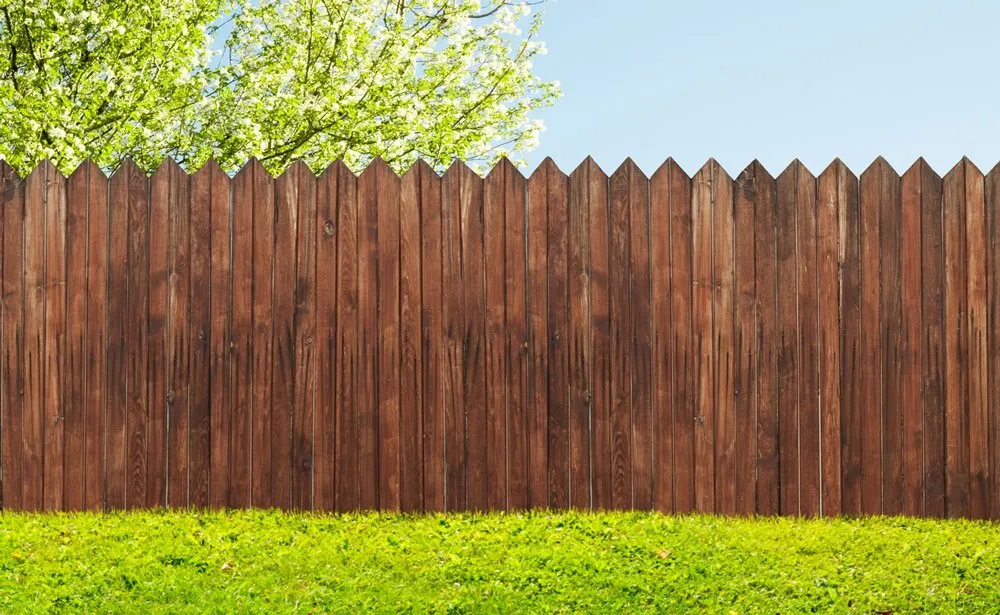
Brown Rot
Brown rot affects structural wood products. Decay fungi find a way to penetrate the wood's surface. They use both non-enzymatic and enzymatic methods to break down the cellulose in the wood. As a result, the wood's strength is severely compromised.
Signs of Brown Rot
As the decay fungi consume the cellulose, the wood will start to shrink and turn dark brown. You may also see a flat, skin-like growth on the wood's surface. When its structural integrity completely succumbs to the destruction, it will break into small, square pieces, which is called cubical fracture. Before the fungus has taken hold, it appears white and puffy.
Conditions for Brown Rot
The decay fungi are able to thrive in the wood under certain conditions. They need oxygen, warmth, and moisture to survive in the wood. Their spores travel in the air and land everywhere, including your wooden fence. If they can make their way into the wood with the above three necessities, they will thrive. The fungi in brown rot need temperatures between 65 to 90 degrees.
Solutions for Brown Rot
The decay fungi rapidly affect the wood's strength. Once the wood's structural integrity is gone, you can no longer treat or repair it. Your only option is to replace the affected fence parts.
If you've caught the rot soon enough, you may be able to save the affected fence parts. You must first dry out the area. You can then use commercial antifreeze to kill the fungus and halt the growth of the dry rot. Fill in the channels with epoxy, and either stain or paint your fence.
White Rot
White rot affects primarily hardwoods. With white rot, the decay fungi use enzymatic methods to consume the lignin in the wood. Lignin is the polymer that makes wood rigid and woody. The wood's strength will become compromised, though not as severely or as rapidly as with dry rot.
Signs of White Rot
As the decay fungi break the lignin, the white cellulose is left behind. The wood appears white or yellow. You may see an overall bleached appearance or only in a few areas. It can look and feel spongy or stringy. The fungus itself looks similar to the one that causes dry rot.
Conditions for White Rot
The fungi thrive in the same kind of conditions with oxygen, warmth, and moisture. They do prefer wetter conditions than with dry rot.
Solutions for White Rot
As with dry rot, once the rot has destroyed the structure of the wood, replacement is the only option.
If the fence is still structurally intact, you can dry it out and treat it with a strong preservative. First, dig out the areas of rot. You can use a wood filler to repair the holes. If a larger area needs fixing, you can splice in new wood to replace the damaged piece.
Resistance to Wood Rot
Some woods are naturally resistant to both kinds of rot. For purposes of fencing, red cedar, redwood, and cypress are ideal because their heartwood features a naturally occurring preservative. The preservative makes the wood undesirable to the decay fungi. That said, only the heartwood, not the sapwood, is rot-resistant.
Fabricators can treat other woods with chemical preservatives to make it inedible to the decay fungi. The common chemical compound is an alkaline copper quat. They can also pressure treat the wood so a preservative sinks deep into the wood fiber.
Finally, both naturally preserved and chemically preserved woods need an additional barrier for full rot prevention. Have your fence installers seal your fence. If you're in a humid area, you should reseal your fence periodically.
If you catch the wood rot soon enough, you can save most of the fence. Call Alta Fence Co. if you need the fence itself.
